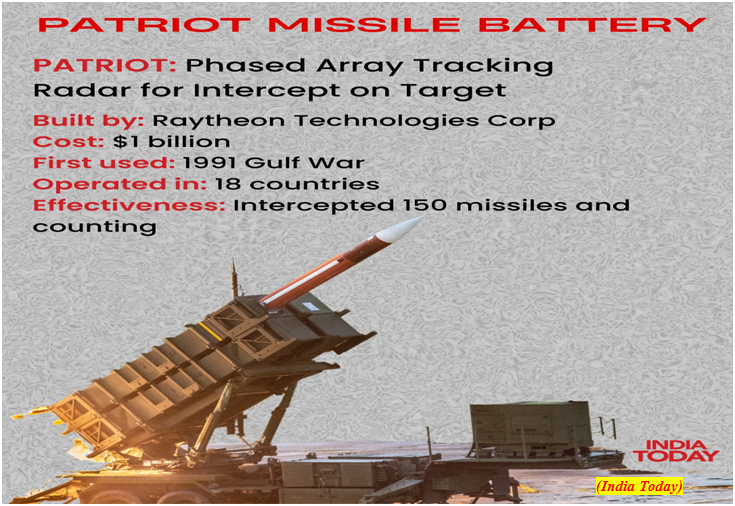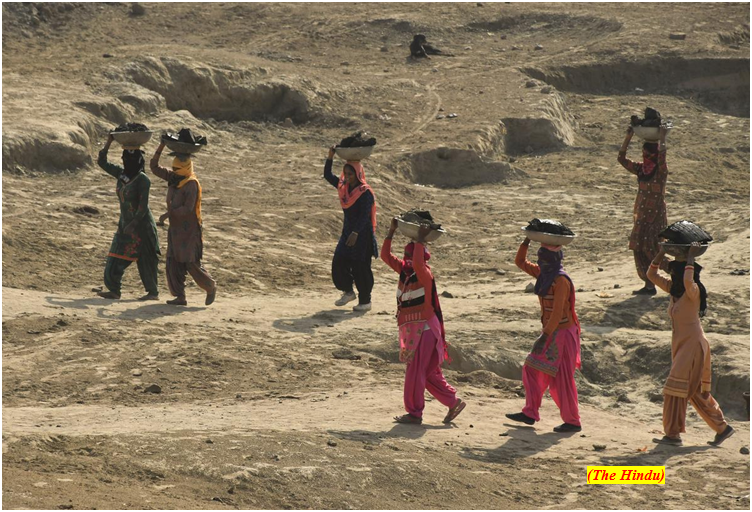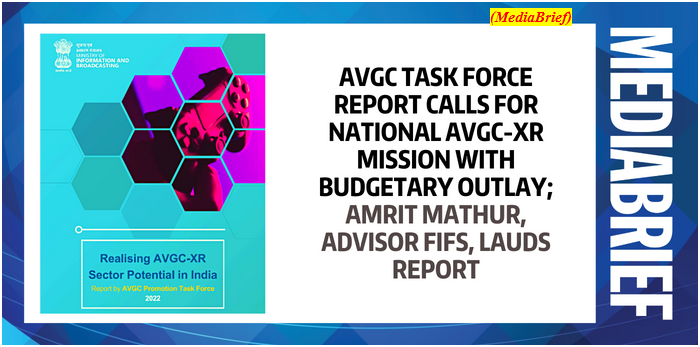Patriot missile system (GS Paper 3, Defence)

Why in news?
- The United States has announced that it will send $1.8 billion in military aid to Ukraine. The military package will include a unique system designed to intercept incoming missiles - the Patriot missile battery.
- The development comes in the wake of a growing call from Ukraine for the West to provide advanced weapons to counter the Russian assault in the 10-month-old conflict.
- The Patriot would be the most advanced surface-to-air missile system the West has provided to Ukraine to help repel Russian aerial attacks.
What is the Patriot Missile System?
- The Phased Array Tracking Radar for Intercept on Target (PATRIOT) is a surface-to-air missile defense system which is considered one of the most advanced interceptors and air defense systems in the military theatre.
- Developed by Raytheon Technologies Corp, it is a system of truck-mounted launching system with eight launchers that can hold up to four missile interceptors each, a ground radar, a control station, and a generator.
- The Patriot battery was first deployed in the field in the 1991 Gulf War, with batteries protecting Saudi Arabia, Kuwait, and Israel, and later used during the U.S. invasion of Iraq in 2003.
- The U.S. batteries are regularly deployed around the world. The system needs as many as 90 troops to operate and maintain it.
How does Patriot Missile work?
- The Patriot system is a package of radars, command-and-control technology, and multiple types of interceptors that work together to detect, identify and defeat tactical ballistic missiles, cruise missiles, drones, advanced aircraft, and other threats.
- The Patriot's architecture is flexible and it has been designed in a manner that allows it to be continually upgraded and improved.
- The system has different capabilities depending on the type of interceptor used. The PAC-2 interceptor uses a blast-fragmentation warhead, while the newer PAC-3 missile uses more advanced hit-to-kill technology.
- The system's radar has a range of over 150 kilometers, the North Atlantic Treaty Organization (NATO) said in 2015.
What all the Patriot Missile Battery can target?
- The Patriot system in Ukraine could be used against short-range ballistic missiles as it boasts a long firing range. While they can effectively protect a small military base, they are not that effective when it comes to saving cities.
- Patriots are often deployed as a battalion, which includes four batteries. This won’t be the case with Ukraine, which would be receiving one battery.
- While the Patriot system is designed to intercept threats like aircraft and ballistic missiles, it can also shoot down the "kamikaze" drones Russia has frequently sent to hit Ukrainian critical infrastructure.
Which countries use Patriot Missile Battery?
- The Patriot battery is currently deployed in 17 nations apart from the United States. The system is operated in the Netherlands, Germany, Japan, Israel, Saudi Arabia, Kuwait, Taiwan, Greece, Spain, South Korea, the United Arab Emirates, Qatar, Romania, Sweden, Poland, and Bahrain.
- While Ukraine will be the latest addition to that list, a major challenge will be to train the Ukrainian forces in using the missile system. U.S. troops will have to train Ukrainian forces on how to use and maintain the system. Army soldiers assigned to Patriot battalions get extensive training to be able to effectively locate a target and lock on with radar and fire.
- While it is still several months away from arriving in Ukraine, the system will send a strong message to Russia about America's commitment to supporting Ukraine's fight against the invasion.
Centre mandates universal digital capturing of MGNREGS attendance
(GS Paper 2, Social Justice)
Why in news?
- Digital capture of the attendance of workers employed under the Mahatma Gandhi National Rural Employment Guarantee Scheme (MGNREGS) has been made universal by the Centre from January 1.

National Mobile Monitoring System:
- The Union government, arguing for transparency and accountability in May 2021, had started a pilot project to capture attendance via a mobile application, the National Mobile Monitoring System (NMMS).
- From May 16, 2022 capturing attendance via the app was made compulsory for all worksites with 20 or more workers. This required uploading two time-stamped and geotagged photographs of the workers.
- The job fell on the mates/supervisors, who are paid only marginally more than the unskilled workers.
- There were widespread complaints over the lack of technical support, the necessity to own a smartphone, paying for an Internet connection, and issues with erratic Internet connectivity.
Current orders:
- In the latest order, the Ministry has ordered that digitally capturing attendance is now mandatory for all worksites, regardless of the number of workers engaged, and will be applicable from January 1, 2023.
- This directive comes even as many complaints and loopholes pointed out earlier by users have not been plugged yet.
Issues:
- The three major problems with the new system.
- The app-based attendance system carries forward the problem with electronic muster rolls, which replaced the paper muster rolls and was in use before the NMMS was introduced.
- Here, the muster roll has to be generated based on demand and therefore, no worker can come and join at the worksite. And if out of the 10 workers on the electronic muster roll, only two turn up, usually the worksite is not opened, therefore, in a way, denying them work too.
- The second big problem is the two-time stamped photographs. Often, the workers may finish their work but are forced to return to the worksite for the second photograph.
- The endless conditions placed on MGNREGS workers themselves is enough to dissuade them from relying on the scheme, thus failing its basic purpose.
AVGC Task Force Report calls for National AVGC-XR Mission with budgetary outlay
(GS Paper 3, Economy)
Why in news?
- Recently, the Animation, Visual Effects, Gaming and Comic (AVGC) Task Force has called for a National AVGC-XR Mission with a budget outlay to be created for integrated promotion & growth of the AVGC sector.
- In a detailed report submitted to the Ministry of Information and Broadcasting, the Task Force headed by Secretary I&B has also recommended launching a ‘Create in India’ campaign with exclusive focus oncontent creation, In India, For India & For World.

The main recommendations of the Task Force categorized broadly under 4 categories are as under:
Domestic Industry Development for Global Access:
- A National AVGC-XR Mission with a budget outlay to be created for integrated promotion & growth of the AVGC sector.
- Launch of a ‘Create in India’ campaign with exclusive focus on content creation, In India, For India & For World!
- With a goal to make India the global hub for AVGC, institute an International AVGC Platform, along with a Gaming Expo) with focus on FDI, Co-production treaties and Innovation.
- Establish a National Centre of Excellence (COE) for the AVGC sector to become an international reference point across Skilling, Education, Industry Development and Research & Innovation for the AVGC sector. Regional COEs will be instituted in collaboration with the State Governments to provide access to local industries and to promote local talent and content.
Developing Talent ecosystem to realize Demographic Dividends:
- Leverage NEP to develop creative thinking with dedicated AVGC course content at school levels, to build foundational skills and to create awareness about AVGC as a career choice.
- Launch AVGC focused UG/ PG courses with standard curriculum and globally recognized degrees. Standardize admission tests for AVGC related courses (viz, MECAT by MESC).
- With an eye on the demand of 20 Lakh skilled professionals in AVGC sector in this decade, augment skilling initiatives for AVGC sector under MESC. Enhance Industry participation to ensure employment opportunities and absorption for students from non-metro cities and NE states.
- Establish AVGC Accelerators and Innovation hubs in academic institutions, on lines of Atal Tinkering Labs.
Enhancing Technology & Financial Viability for Indian AVGC Industry:
- Democratize AVGC technologies by promoting subscription-based pricing models for MSME, Start-Ups and institutions.
- Made in India for AVGC technologies through incentive schemes for R&D and IP creation. Evaluate PLI scheme to incentivize AVGC hardware manufacturers.
- Enhanced Ease of Doing Business in AVGC sector i.e tax benefits, import duties, curbing piracy, etc.
- Leverage Start-Up India to provide technical, financial and market access assistance to AVGC entrepreneurs to promote culture of R&D and local IP Creation.
Raising India’s soft power through an Inclusive growth:
- Establish a dedicated Production Fund for domestic content creation from across India to promote Indian culture & heritage globally. Evaluate Reservation for high-quality indigenous content by broadcasters.
- For an Inclusive India, target skilling and industry outreach for youth in Tier 2 & 3 towns and villages in India. Establish Special incentives for women entrepreneurs in AVGC sector.
- Promote local Children’s channels for raising awareness on rich culture and history of India among children and youth
- Establish framework to ensure Child Rights Protection in the digital world
AVGC Task Force:
- AVGC Task Force was constituted under the Chairmanship of Secretary, Ministry of I & B, Apurva Chandra, to help realize the full potential of the AVGC sector in India, with key stakeholders from the Industry and the Government.
- Four Sub-Task Forces were constituted for devising strategies of growth through targeted interventions in their respective areas,
- Industry & Policy headed by Apurva Chandra, Secretary MOIB;
- Education headed by Anil Shahashrabudhe, then Chairperson AICTE;
- Skilling headed by Rajesh Aggarwal, then Secretary MoSDE, and;
- Gaming headed by Vikram Sahay, JS MOIB.
Their recommendations have formed the basis of the consolidated report of the Task Force.
Way Forward:
- The AVGC sector can serve as a major growth driver for the M&E industry in India and beyond the high economic impact of the growth of this sector, the sector also has the potential to better disseminate and promote the Indian culture to the world, connect the Indian diaspora more strongly to India, generate direct and indirect quality employment and benefit tourism and other allied industries.




